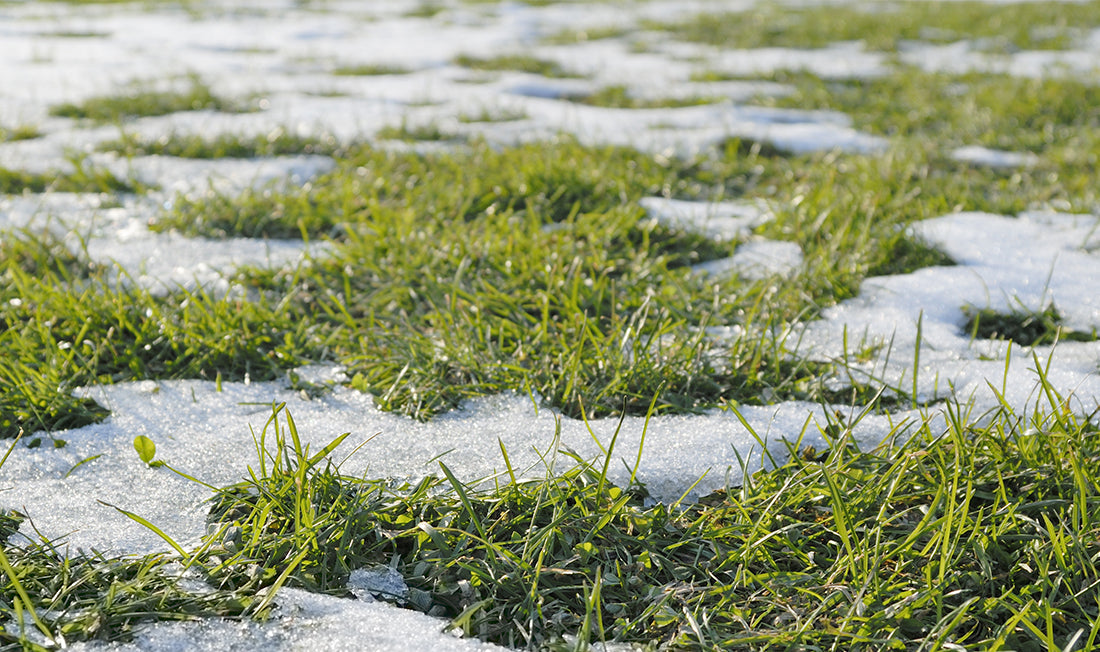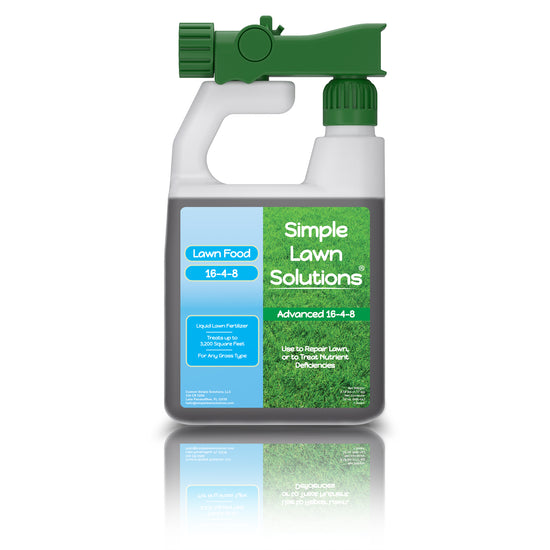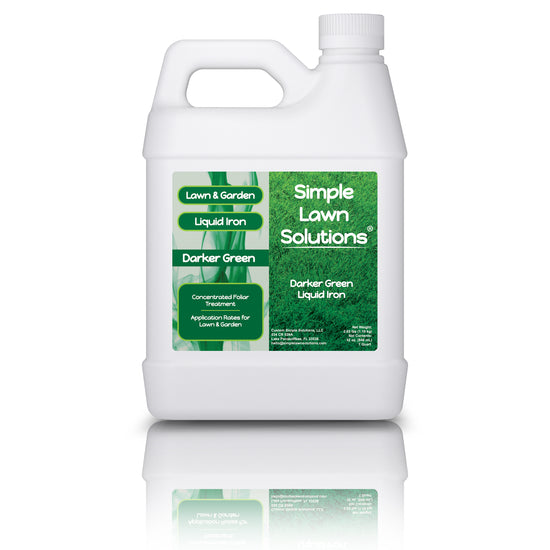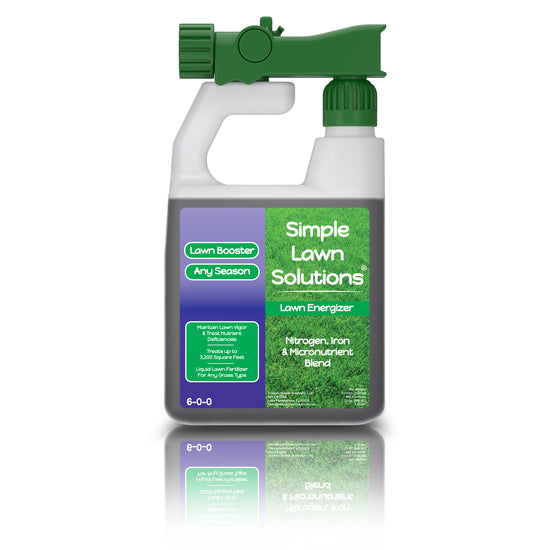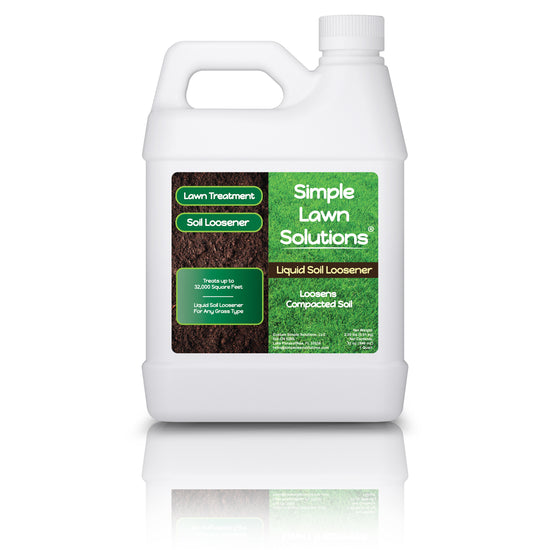Winter brings frost, snow, and cold temperatures, which can impact the health and appearance of your lawn. While cool-season grasses may tolerate winter conditions better, all turfgrass types can experience damage if not properly managed. Understanding the effects of frost and snow damage—and how to prevent them—will help you protect your lawn through the winter and ensure a quick recovery in the spring.
How Frost Damages Your Lawn
Frost forms when temperatures drop below freezing and moisture in the air settles on grass blades as ice. When grass blades freeze, their internal water expands, rupturing cell walls. Walking or mowing on frosted grass causes the blades to "crack," leading to visible damage. Symptoms include discoloration (brown or tan patches) and brittle, broken blades. Frost damage on home lawns is a common issue that can affect the health and appearance of your turf, particularly during colder months or in regions prone to temperature fluctuations. While frost is a natural part of seasonal changes, its impact on grass can range from cosmetic discoloration to long-term damage if not appropriately managed.

Frost damage occurs when cold temperatures cause ice crystals to form on grass blades, dehydrating the plant cells and potentially rupturing them. This can weaken or kill the affected grass, leaving your lawn with unsightly brown or yellow patches.
Grass species react differently to frost. Warm-season grasses such as bermuda, zoysia, st. Augustine, are more susceptible to frost damage as they go dormant in colder temperatures. Cool-season grasses such as Kentucky bluegrass, fescue, ryegrass are more tolerant but still vulnerable to frost stress if actively growing when frost occurs.
-
Cellular Damage
-
Ice crystals form inside the grass blades, puncturing cell walls and causing desiccation.
-
This damage results in discoloration and brittleness of the grass.
-
Delayed Growth
-
Frost-damaged grass may struggle to recover during its growing season, delaying its regenerating ability.
-
Vulnerability to Stress
-
Frost-affected lawns become more susceptible to diseases, pests, and additional stressors like foot traffic or drought.
Frost damage on home lawns is a natural occurrence, but with proper prevention and recovery strategies, you can minimize its impact and maintain a healthy lawn. By focusing on good lawn care practices, like limiting foot traffic during frosty conditions, preparing your grass for winter, and promoting recovery, you can ensure your lawn bounces back beautifully come spring. Your lawn may face challenges during the colder months, but with care and attention, it can emerge stronger and greener than ever.
How Snow Damages Turf
Snow can act as an insulator but also poses risks depending on conditions. Prolonged snow cover, particularly on wet or compacted lawns, can encourage fungal diseases like gray snow (Typhula spp.) and pink snow mold (Microdochium nivale). Heavy snow accumulation or foot traffic on snow-covered lawns compresses the soil. This compaction reduces root oxygen availability and inhibits water drainage in the spring. Excess snow and ice may smother grass, preventing photosynthesis and delaying spring recovery. Ice sheets formed after melting and refreezing can suffocate turfgrass and damage crowns which are the growing point of grass plants.

How to Prevent Snow Damage
Minimize walking, mowing, or driving on frost-covered grass, which crushes the brittle blades, leading to visible damage. Wait for the frost to melt before walking on the lawn, as morning sunlight often clears frost naturally.
Mowing properly before winter eliminates long grass blades which are more prone to matting under snow and less favorable conditions for snow mold. However, cutting too short stresses the grass and makes it vulnerable to frost. For cool-season grasses, mow to a 2.5–3 inches height in late fall. For warm-season grasses, gradually lower the mowing height to ensure proper winter dormancy preparation.

Reducing thatch, a layer of dead organic material, can also prevent snow mold, as thatch traps moisture and promotes fungal growth. Dethatch the lawn in early fall to improve air circulation as aeration relieves compaction and improves drainage, reducing moisture buildup under snow. Leaves and debris trap moisture and encourage mold growth so rake or mulch leaves before snowfall to keep the lawn clean. Late-fall applications of high-nitrogen fertilizers are discouraged as they can stimulate excess growth, making the grass more susceptible to snow mold. It’s suggested to use a balanced or low-nitrogen fertilizer for fall feeding.
Reducing snow compaction is important, as compaction limits airflow and promotes ice formation, suffocating turfgrass. Avoid creating paths on snow-covered lawns; instead spread snow evenly if shoveling or plowing large piles onto the lawn.
Improving lawn drainage can prevent snow damage, as standing water from melting snow refreezes and creates ice sheets, which suffocate the turf. Ensure proper grading to prevent water pooling and install drainage solutions like French drains if necessary.
Applying preventive fungicide applications in late fall can reduce the risk of snow mold for high-value turf areas, such as home lawns, golf courses, or sports fields. Consult with a turfgrass professional to choose the appropriate product and timing.
Post-Winter Lawn Recovery
If frost or snow damage occurs, take these steps in early spring:
-
Rake Gently:
-
Rake matted areas to promote airflow and reduce mold spread.
-
Overseed:
-
Overseed damaged areas with appropriate grass seed to repair thin or dead patches.
-
Fertilize Strategically:
-
Apply a light dose of balanced fertilizer to encourage new growth and strengthen recovering grass.
-
Aerate if Necessary:
-
Relieve compaction caused by heavy snow or ice to improve root health and soil oxygen levels.
-
Water Wisely:
-
Allow the lawn to dry slightly before watering to avoid excess moisture during recovery.

Frost and snow damage are common challenges for lawns during the winter months, but proper preparation and prevention can significantly reduce their impact. By minimizing foot traffic, managing snow mold risks, and improving drainage, you can protect your turfgrass and ensure a quicker recovery in the spring. With thoughtful care, your lawn will emerge strong, healthy, and ready for the growing season.


